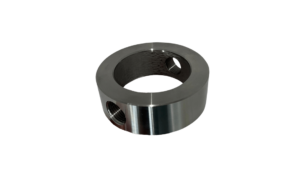
Flushing Ring: the key to cleaning and calibration without disassembly
Imagine you’re running an industrial plant and you’ve got a diaphragm seal protecting a pressure transmitter. Over time, the process fluid starts leaving deposits and
When it comes to handling hydrogen, selecting the right needle valves is crucial for safety and efficiency. This guide delves into the key considerations for choosing needle valves suitable for hydrogen applications, including connections, materials, standards, and leak rates.
We already saw ball valves for hydrgen application, but TODAY, it’s all about Needle Valves. Brothers in crime, they say.
A needle valve usually is required either for shutoff (on/off) application or to regulate the Flow rate. A needle valve can adjust the Flow Rate gradually and make precise adjustments to the Flow. Usually it is famous to be installed in instrumentation and small diameters.
First question that we are asked is I have this operation pressure, what connection shall I use.
Our first answer will be to try to match all your process pipe line connections, so if your system is already all in NPT, use an NPT valve. Apart from that and as a general guideline we wouldrecommend:
Threaded connections have the advantage that are very easy to install and assemble. On the other hand, they require some sealing solutions like PTFE, sealant or Gaskets.
Here you need to match the welding connection with the pipe that you are using. For example if you require a pipe SCH XXS then the BW or SW connection shall be SCH XXS.
Welded connections have the advantage that they are usually leak free, but many disadvantages that can lead to a very expensive installation like welding procedures.: Non Destuctrive testing and flushing / cleaning the internal pipes after the welding. Because the welding can be very dirty and we always want to maintain the hydrogen purity, the cleaning procedure needs to be very exhaustive.
Twin Ferrule connections: For pressures up to 500 bar depending on the external and internal diameter. Specially for hydrogen we recommend to get a high wall thickness but also compatible with the twin ferrule connection. You can refer to our catalogue of twin ferrule connections to see the pressure ratings according the tube wall thickness. It has many advantages, such as small leak rate usually less than 1×10^-6 mbarL/s, easy to install, no cleaning requirements, easy to curve the tube among others.
Cone & Thread Connections: This type of connections is similar to the twin ferrule but each tube needs to be with a special cone at the end. Afterwards it’s connected to the needle valve that has the cone & thread connection. It’s the standard for pressures up to 400 bar when you cannot achieve a twin ferrule connection.
For the metallic parts like the needle valve body we would consider:
Stainless Steel: Preferred for its corrosion resistance and strength. It’s suitable for a wide range of temperatures and pressures and it does not create hydrogen embrittlement. Our top choice would be Stainless Steel 316/316L. For some applications the internal parts we would recommend Nitronic 50.
Alloy Steel, Superduplex, Brass or Carbon Steel won’t be recommended.
For the packing we will go for PTFE, RPTFE or PEEK. For very high pressure we would recommend Vespel a special packing from Dupont. All this will ensure a very low emission rate and robustness for many cycles.
ISO 19880-3: Covers gaseous hydrogen for fuelling stations. It guarantees that a valve can be used around 100k cycles. Enric our director presented a case study in valve world about Redfluid ISO 19880-3 needle valve:

Fugitive Emissions ISO 15848: It guarantees that the valve packing does not leak, we always look for a Fugitive Emission Test less than 50 ppm and a type test of less than 10^-6 mbarL/s. If you are interested in Fugitive emission check our post: https://redfluid.es/en/valve-fugitive- emission-what-does-it-mean/
Other standards: ATEX; Fire Safe; PED EC, API 598, LEAKAGE CLASS “A” ACCORDING TO EN 12266-1 etc.
Understanding Leak Rates: Leak rates in hydrogen systems must be minimal to prevent hazards. Select valves with a low leak rate specification we recommend selecting optional testing Protocols that can be perfomed in our laboraroty: Ensure valves are tested according to standards like ISO 15848-1/2, which cover industrial valves in fugitive emission applications.
Temperature Range: Ensure the valve can operate effectively at the temperatures expected in your hydrogen system and select the materials and valve type accordingly.
Finally let’s talk about what we can offer;
If your pressure is around 200 bar or less we would go for the S3000 Redfluid Needle Valve H2 ready.
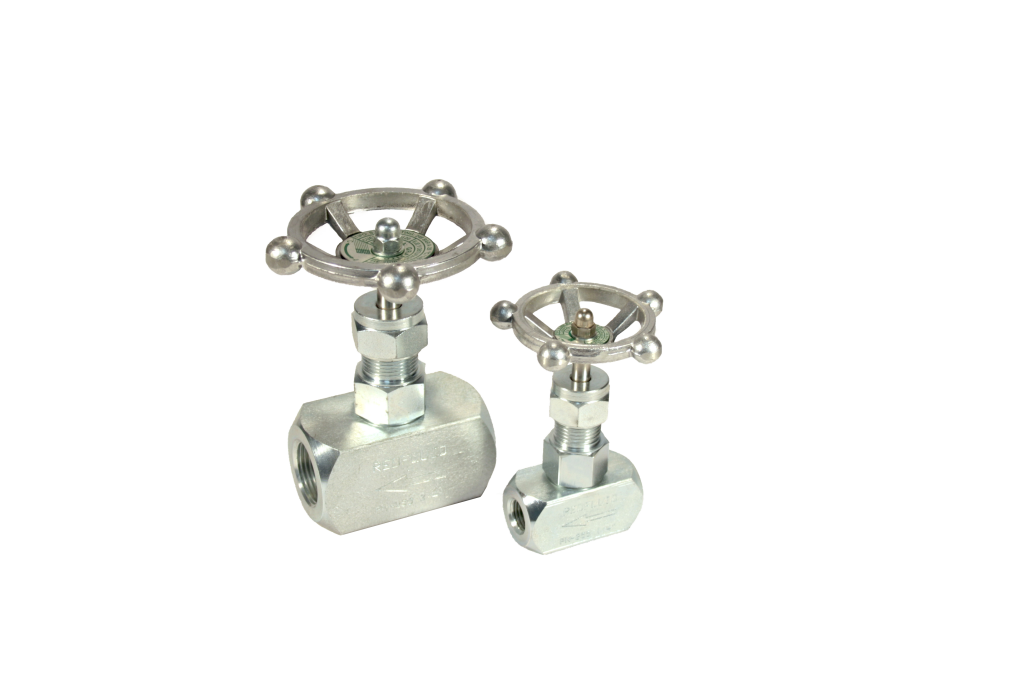
If the pressure is around 400 bar it will be the Minor Series PN450 available in Twin Ferrule or in threaded connections.
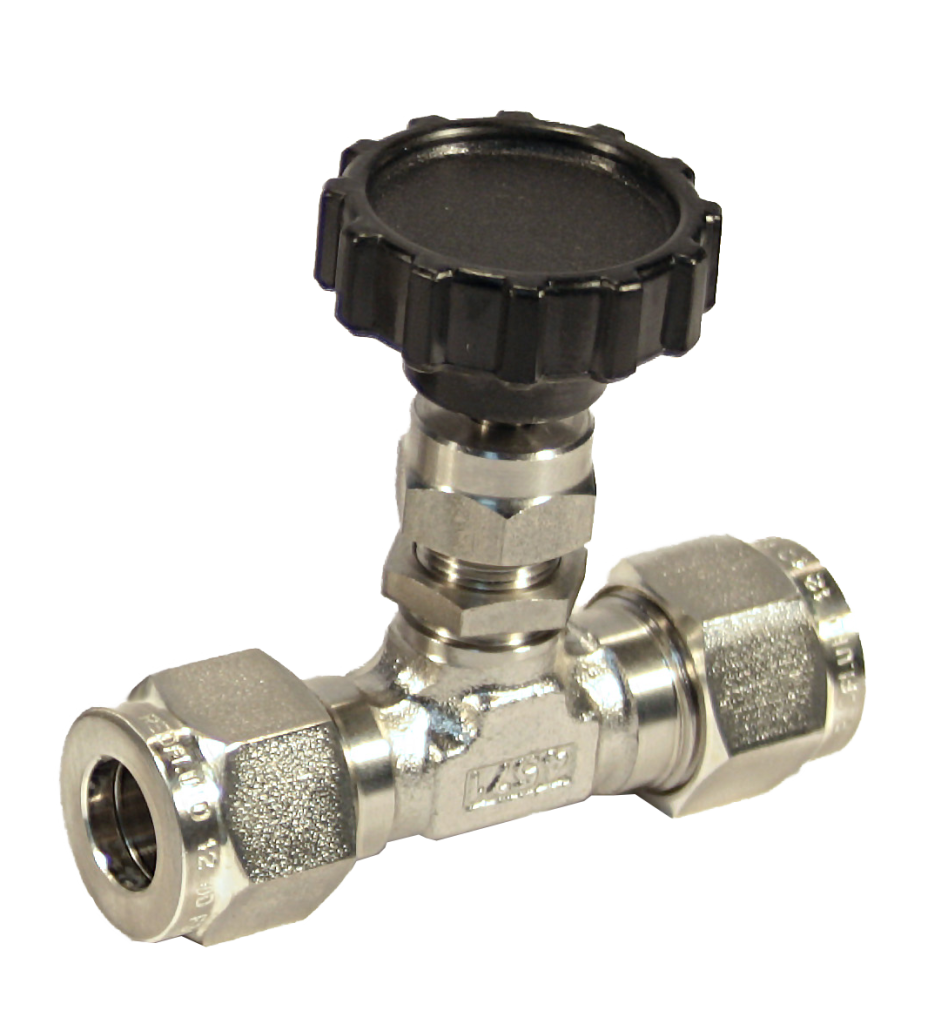
For pressures up to 700bar or 10000 psi it will be the High Pressure Needle Valve Minor Series, very robust and available in twin ferrule, threaded or welded connections.
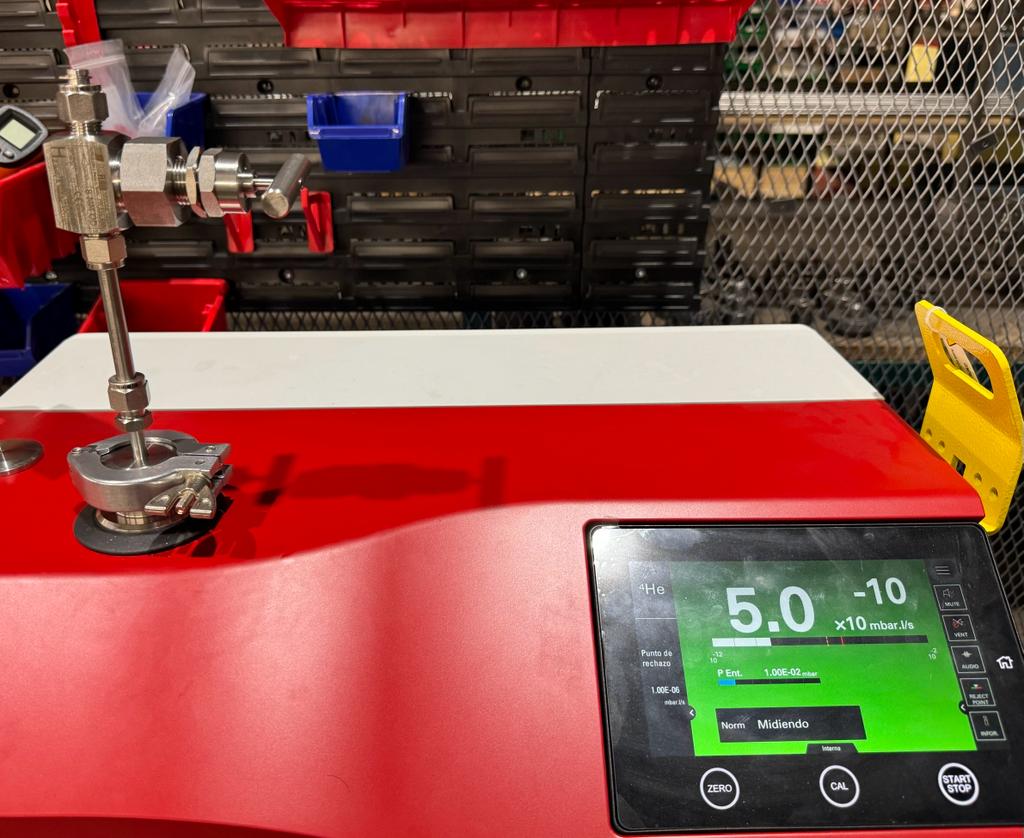
For higher pressures it will be a cone and thread.
And if you prefer it, you can also download the data sheet of ALL out hydrogen products. You just have to click on the botton below.
And obviously, if you have any other inquieries, please CONTACT US and we’ll be deligthed to help you out.
Share this post

Imagine you’re running an industrial plant and you’ve got a diaphragm seal protecting a pressure transmitter. Over time, the process fluid starts leaving deposits and
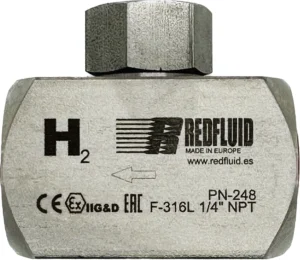
Imagine installing just any check valve in a hydrogen circuit. At first, everything seems to work fine — but over time, internal materials begin to